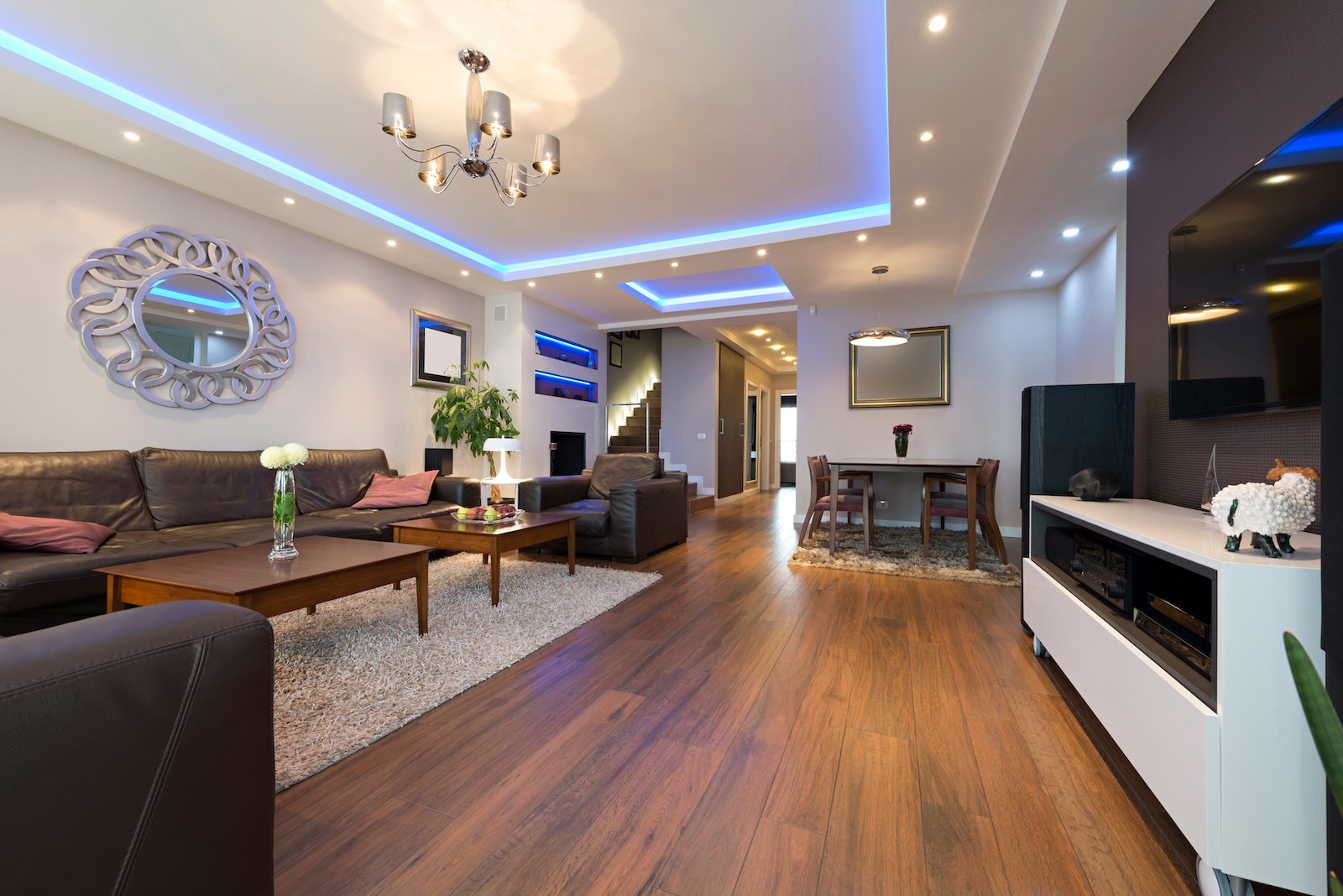
Lighting is not just a practical necessity; it’s an art form that shapes the ambiance and character of your living spaces.
Among the various lighting techniques, accent lighting emerges as a key player, offering a nuanced and stylish approach to illuminate your home. In this blog, we’ll explore the enchanting world of accent lighting—its types, applications, and the transformative impact it can have on your space.
Understanding Accent Lighting
Accent lighting is the strategic use of light to draw attention to specific areas, objects, or architectural features in a space. Unlike general or ambient lighting, which provides overall illumination, accent lighting focuses on creating visual interest and emphasizing particular elements.
Types of Accent Lighting
Applications of Accent Lighting
Installation Techniques
Considerations for Design
Accent lighting is the artist’s brush stroke in the canvas of your home, allowing you to sculpt and define spaces with a touch of brilliance. Understanding the various types, applications, and installation techniques empowers you to transform your living environment into a showcase of style and sophistication. Experiment, play with shadows, and let accent lighting illuminate your space with a personalized touch that reflects your unique taste and vision.

